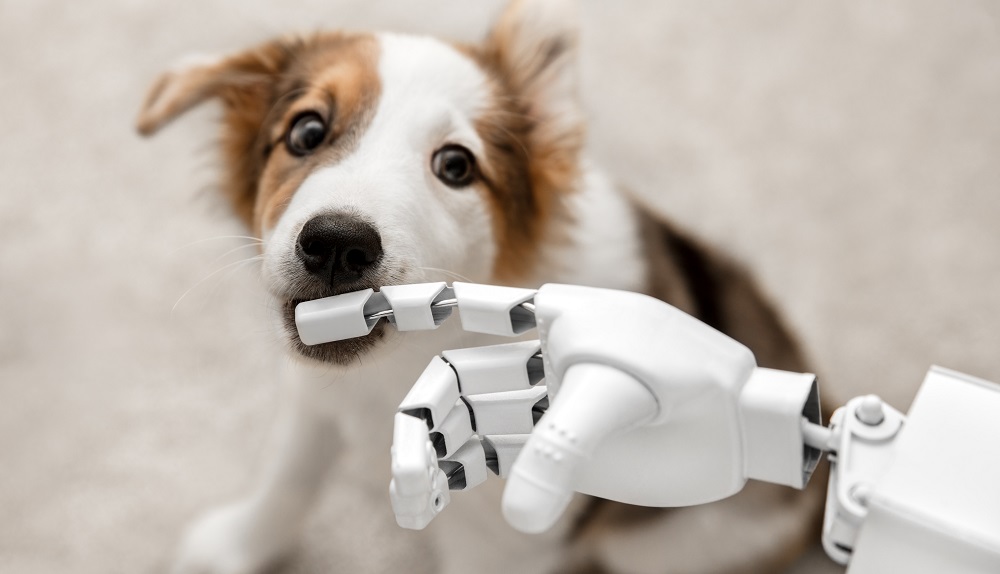It’s easy enough to program a device to give your pets some food or treats. You’ve probably seen many such devices for sale online — some even have remote capabilities through WiFi that allow you to monitor your cat or dog’s food and water situation from afar. But AI has made an advancement on that concept: it can now help encourage good behavior by rewarding your pet with a treat if certain conditions are met.
A recent VentureBeat report chronicles the computer science graduate students who have created networks of image classification models to notice when a dog sits, stands, or lays down. When a dog responds accordingly to a command, the machine drops treats.
More from the report:
The students used an Nvidia Jetson edge AI platform for real-time trick recognition and treats. [The creators] see their prototype system as a dog trainer’s aid — it handles the treats — or a way to school dogs on better behavior at home.
The researchers needed dog images that exhibited the three specified postures. They found the Stanford Dogs datasets, with more than 20,000 images of various sizes depicting dogs in many positions.
Explainable AI helps provide transparency about the makeup of neural networks. It’s becoming more common in the financial services industry as a way to understand fintech models.
Personally, I could see a similar technology used to trigger commands in a meeting room. If a custom-programmed AI could learn office space gestures and behaviors, it could automatically trigger certain events in collaboration spaces and truly put the “smart” in “smart office.”
Read Next: Retail is Embracing the Power of Robots
That’s where I’ve seen the most discussion when it comes to office space technology: you always hear the tired expression “well, if it’s really smart, I shouldn’t have to signal something to turn on, even if that signal is low-impact.”
Perhaps this technology is the answer?
How would you theoretically apply an AI system like this?










